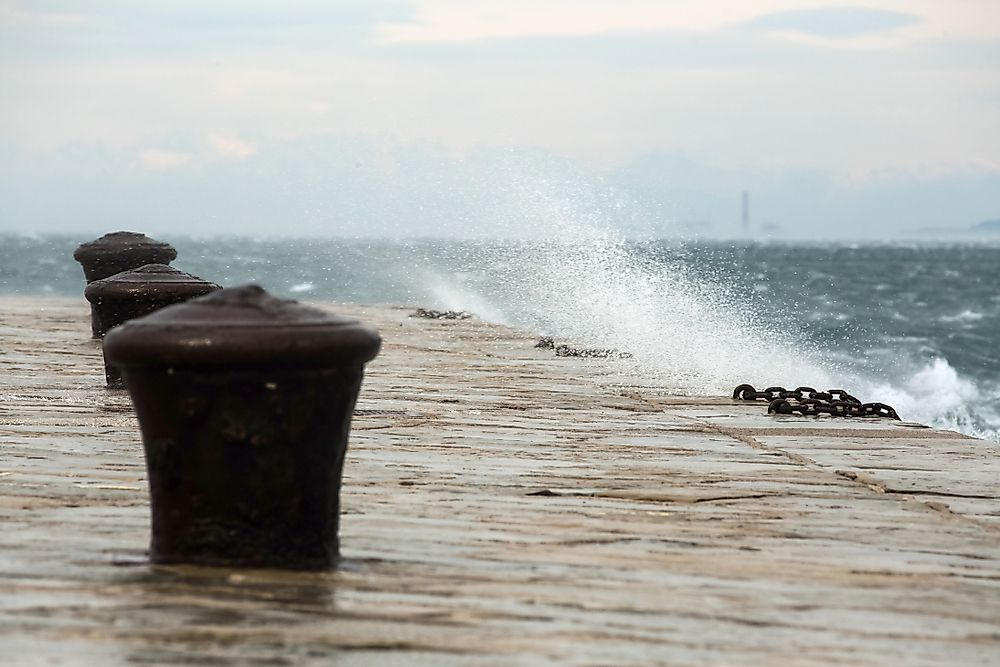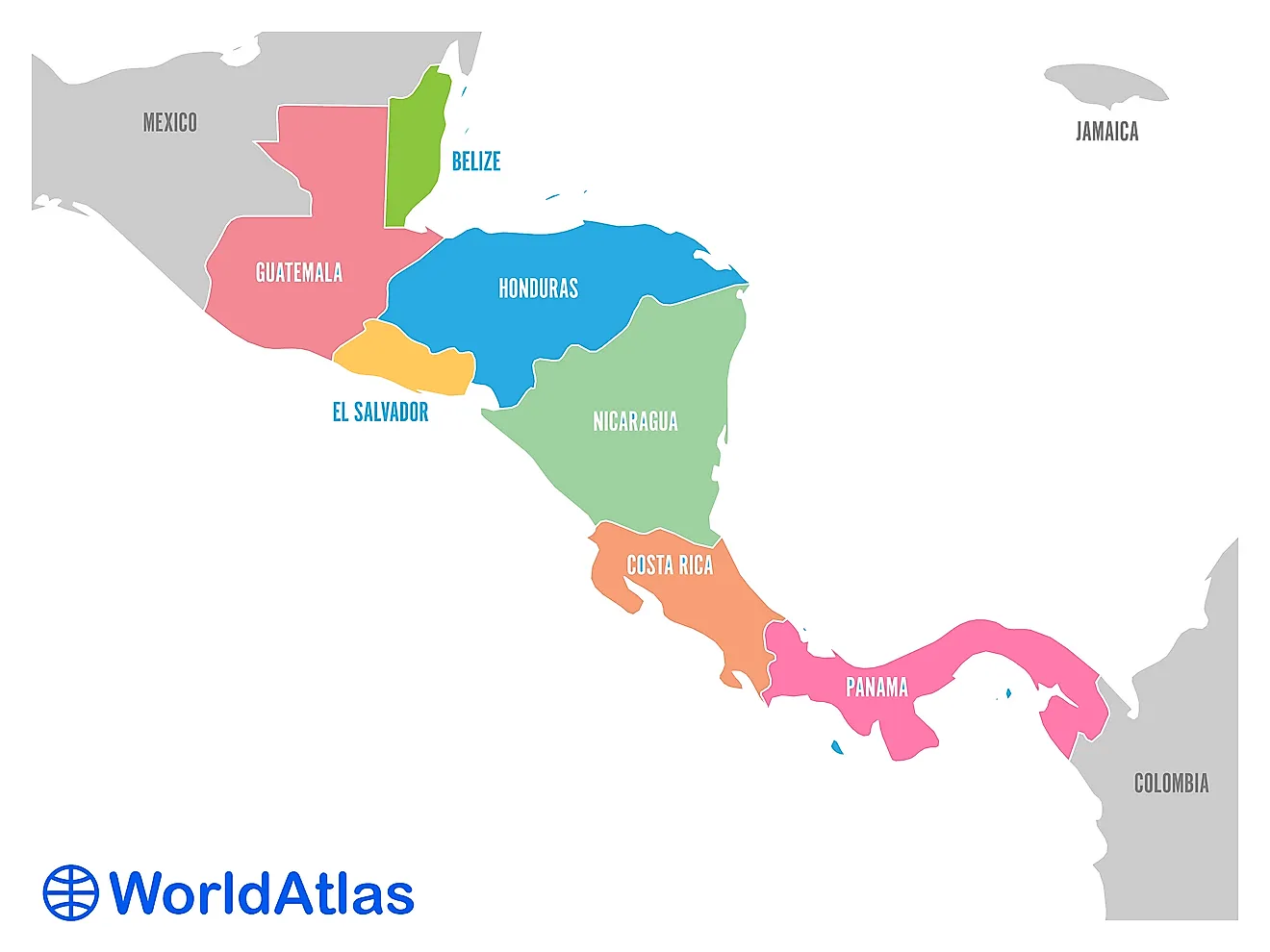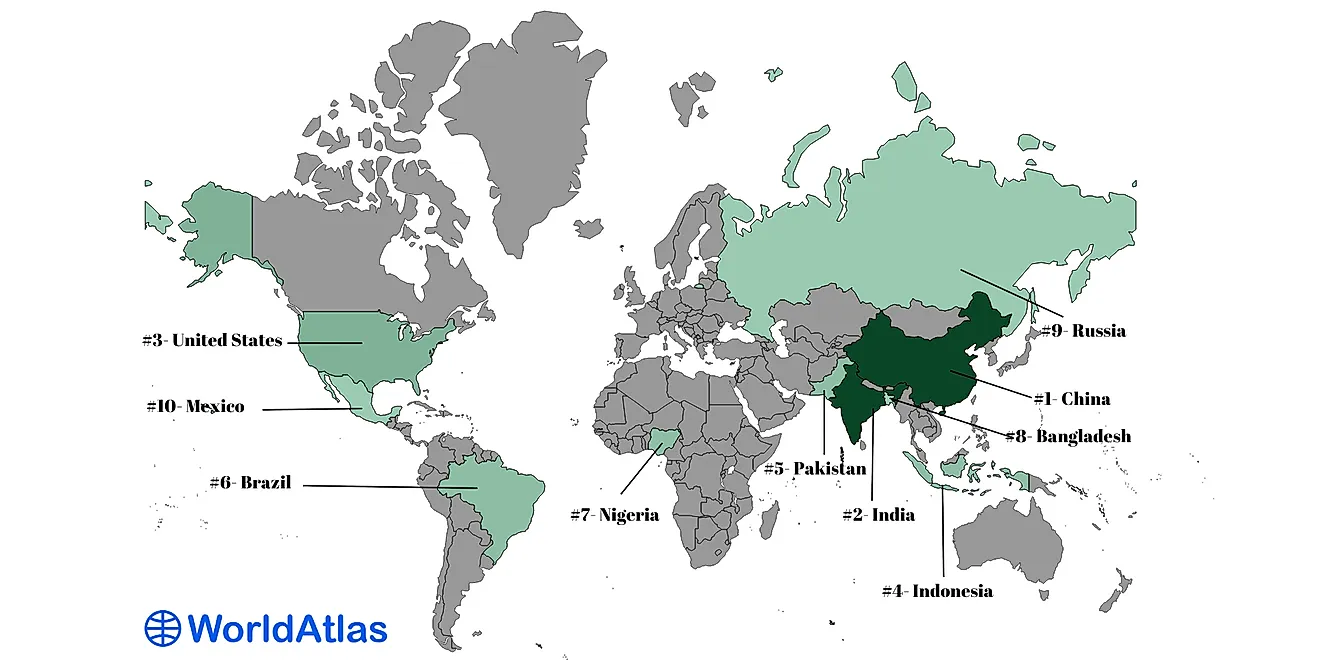What is a Bora Wind?

The bulk movement of air is called wind. Sometimes, winds transport high-density air from a higher elevation down the slope with the help of the force of gravity. Such a drainage wind is referred to as katabatic wind. One of the true examples of katabatic wind is the bora wind in the Adriatic Sea. The bora wind is a cold and dry northern to the north-east katabatic wind that occurs at any time of the year. However, the wind is usually at its peak frequency between November and March (cold season). The frequency of bora winds varies from one day in a month during summer to at least six days in a month during winter.
Features of Bora Winds
The bora wind commonly blows down from the mountains on the eastern section of the Adriatic Sea, flowing mainly from the northeast through the gaps in the Dinaric Alps. The wind can always be felt over the Dalmatia, the Slovenian Littoral, Istria, Trieste, and Montenegrin Littoral. On some occasions, especially winters, the bora dominates the entire Adriatic Sea and may extend to Malta. Other times, the wind is localized and can only be felt a few miles offshore. The strongest winds are often felt along the eastern shore of the Sea from Trieste to the Albanian border. In Italy, the bora wind is classified into two; light bora (characterized by clear sky) and dark bora (characterized by gathering cloud on the hilltop).
Weather Patterns Associated with the Wind
The bora wind is associated with two primary weather patterns locally classified as black bora and white bora. In both cases, the European side has a higher air pressure than the Mediterranean side. However, the bora will only commence when the cold pool of air that has accumulated over the Balkan Peninsula reaches the height of the mountain passes. It breaks through the several mountain passes along the mountain barrier and sweeps westwards towards the coast.
The Black Bora
The black bora is generally a less gusty wind than the white bora and may result in a substantial amount of rain or snow in the region. Also known as the cyclonic pattern, the southern Adriatic Sea is characterized by a low-pressure center so that the weather across the sea is rainy. The winds are accompanied by low clouds, reducing visibility. The cyclonic pattern is mainly visible over the open water.
The White Bora
The white bora is typically dry and very gusty wind as a result of its katabatic nature. With the anticyclonic pattern, a large high-pressure center is present over Europe and a generally lower pressure center over the Mediterranean Sea. The white bora is characterized by almost cloudless skies, cold weather, and good visibility on the lee side of the coastal mountains, and a thick cloud on the crest of the mountains.
Areas Hit by Bora Winds
The bora winds are strongest in the Velebit Mountains in Croatia. The seaside mountain chain is a huge climatic and weather divide between the Mediterranean climate of the Adriatic coast and the sharp continental climate of the interior. Near the towns such as Stara Novalja, Senj, and Karlobag, the winds can reach a speed of 220 km/h. the bora winds are also hit the Vipava Valley and Karst Plateau in Slovenia, and Tsemes Bay in the Black Sea.











